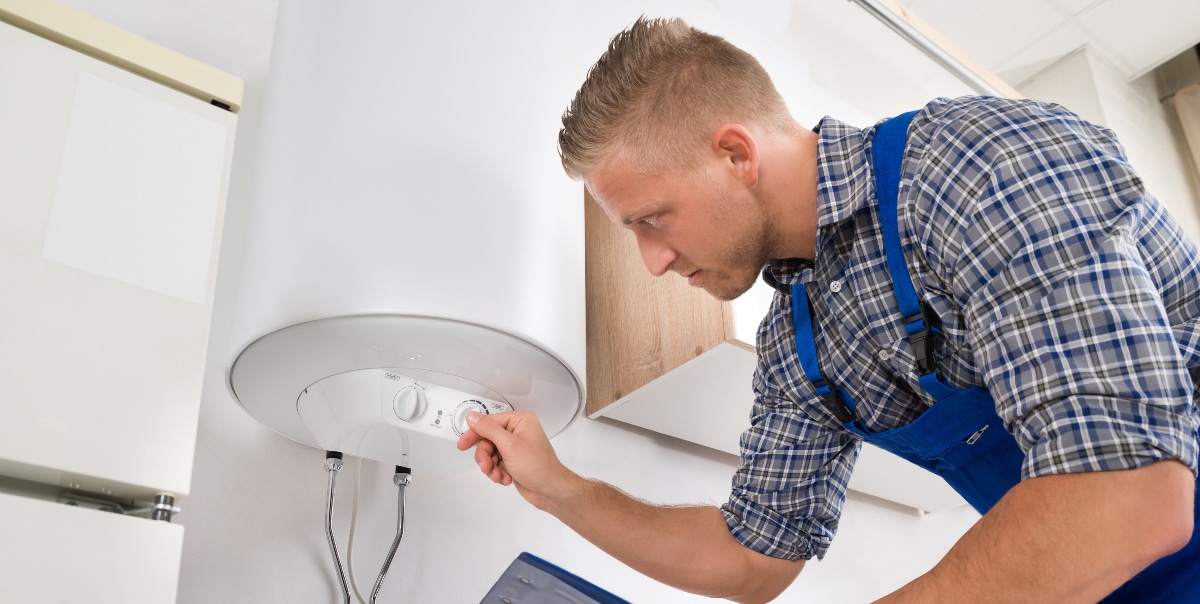Have you been on the lookout for information and facts around Tips on Maintaining a Water Heater?

Warm water is vital for daily convenience, whether it's for a rejuvenating shower or cleaning meals. To guarantee your warm water system runs effectively and lasts longer, regular upkeep is crucial. This post offers practical pointers and insights on how to preserve your home's hot water system to stay clear of interruptions and pricey repair services.
Introduction
Maintaining your home's warm water system might appear daunting, but with a few straightforward actions, you can ensure it runs efficiently for years ahead. This guide covers everything from recognizing your hot water system to DIY upkeep suggestions and knowing when to call expert help.
Relevance of Keeping Your Warm Water System
Routine maintenance not just prolongs the lifespan of your warm water system but additionally ensures it runs effectively. Neglecting maintenance can lead to reduced efficiency, greater energy costs, and even early failure of the system.
Indicators Your Hot Water System Demands Maintenance
Recognizing when your hot water system requires attention can protect against major concerns. Watch out for indicators such as inconsistent water temperature, weird noises from the heating system, or rusty water.
Flushing the Hot Water Heater
Flushing your hot water heater removes debris buildup, enhancing efficiency and extending its life.
Monitoring and Replacing Anode Rods
Anode poles protect against rust inside the container. Examining and changing them when broken is important.
Facility Issues Needing Specialist Help
Instances consist of major leakages, electric problems, or if your water heater is continually underperforming.
Regular Professional Maintenance Conveniences
Professional maintenance can consist of thorough inspections, tune-ups, and guaranteeing conformity with safety and security standards.
Examining and Readjusting Temperature Level Settings
Changing the temperature level setups ensures optimal performance and safety and security.
Do It Yourself Tips for Maintenance
You can perform several maintenance jobs yourself to keep your hot water system in top condition.
Looking for Leakages
Consistently check pipelines and links for leaks, as these can result in water damage and higher bills.
Understanding Your Warm Water System
Prior to diving right into maintenance tasks, it's useful to recognize the standard parts of your warm water system. Usually, this includes the water heater itself, pipes, anode poles, and temperature level controls.
Month-to-month Upkeep Tasks
Routine monthly checks can aid capture minor issues before they rise.
Examining Pressure Relief Valves
Examining the stress safety valve ensures it functions appropriately and stops excessive stress build-up.
Protecting Pipes
Shielding warm water pipes reduces warmth loss and can conserve energy.
When to Call a Professional
While do it yourself maintenance is beneficial, some concerns need expert knowledge.
Verdict
Routine maintenance of your home's warm water system is necessary for efficiency, long life, and expense savings. By adhering to these ideas and knowing when to look for expert help, you can make certain a dependable supply of warm water without unforeseen disruptions.
How to Maintain an Instant Hot Water Heater
Before tinkering with your hot water heater, make sure that it’s not powered on. You also have to turn off the main circuit breaker and shut off the main gas line to prevent accidents. Also turn off the water valves connected to your unit to prevent water from flowing into and out of the appliance. 2. When you’re done, you have to detach the purge valves’ caps. These look like the letter “T” and are situated on either side of the water valves. Doing so will release any pressure that has accumulated inside the valves while at the same time avoid hot water from shooting out and burning your skin. 3. When the purge valves’ caps are removed, you have to connect your hosing lines to the valves. Your unit should have come with three hoses but if it didn’t, you can purchase these things from any hardware or home repair shops. You can also get them from retail stores that sell water heating systems. Read the user’s manual and follow it to complete this task properly. When the hosing lines are connected, open the purge port’s valves. 4. You should never use harsh chemical cleaners or solutions when cleaning your unit. Make use of white vinegar instead. It should be undiluted and you’ll probably use about 2 gallons. 5. Now flush your water heater. This task should probably take about 40 minutes. We can’t give you specific directions for this because the procedure is carried out depending on the type, model and brand of your heater. With that being said, refer to the user’s manual. 6. When you’re done draining the unit, you have to turn off the purge port valves again. Remove the hosing lines that you earlier installed on each of the water valves. Put the valve caps (purge port) back in their respective places and be very careful so as not to damage the rubber discs that are found inside these caps. 7. Now that everything’s back in place, check your user’s manual again to find out how to reactivate your water heating system. 8. Once it is working, turn one of your hot water faucets on just to let air pass through the heater’s water supply pipes. Leave the tap on until water flows smoothly out of it. https://www.orrplumbing.com/blog/2014/september/how-to-maintain-an-instant-hot-water-heater/

Hopefully you enjoyed our part about Tips on Maintaining a Water Heater. Thanks a ton for taking time to browse our article. Kindly pause to share this entry if you enjoyed reading it. We truly appreciate reading our article about Tips on Maintaining a Water Heater.
Information Here